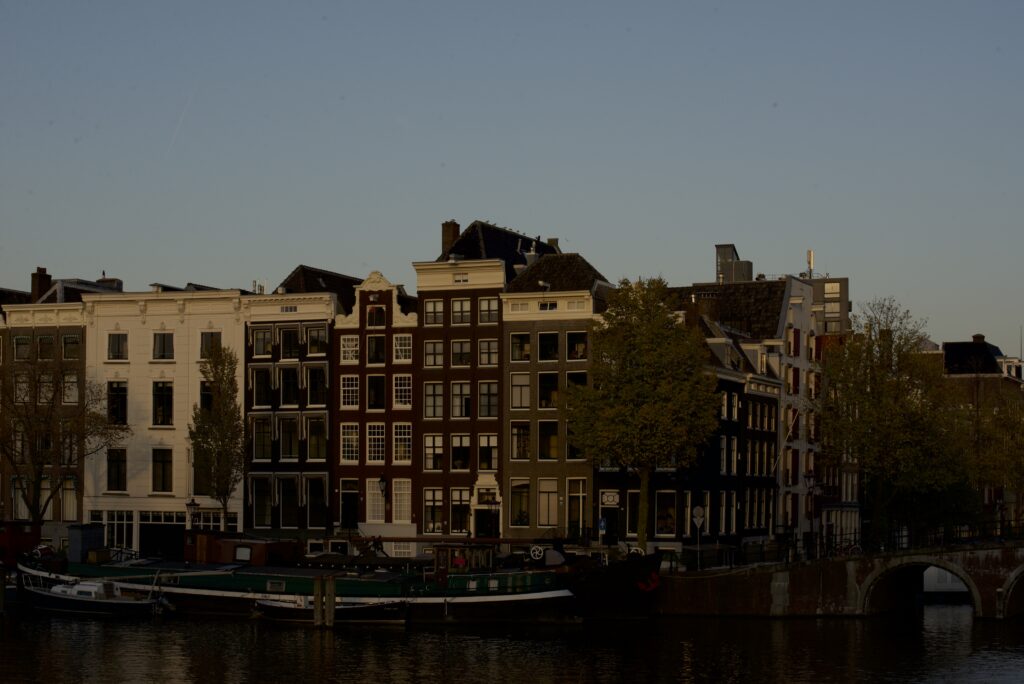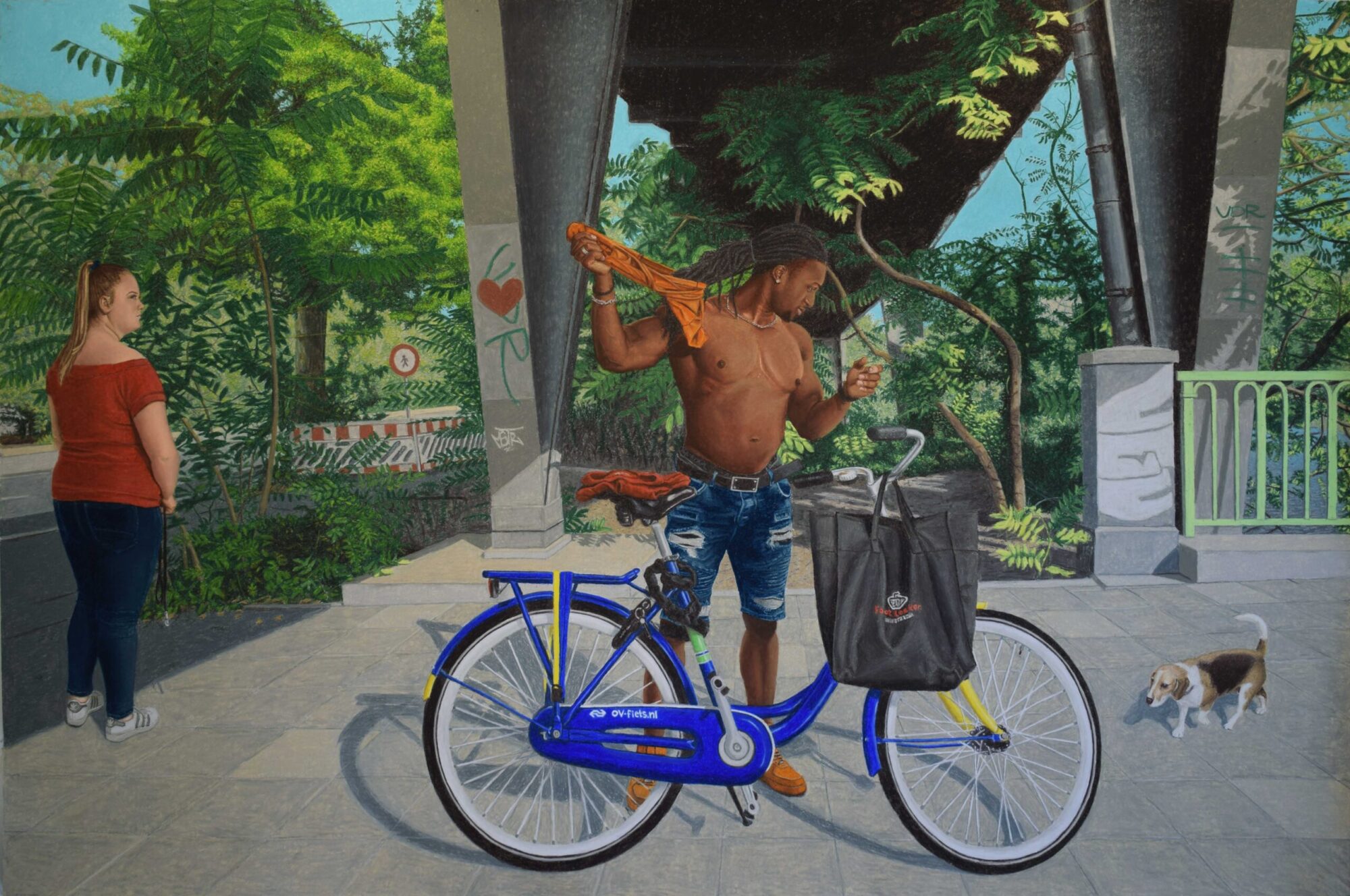
POLICIES
After realising that the migrants had come to stay, the 1983 Ethnic Minorities Policy was seen as ‘a welfare policy for certain segregated social groups’ (Vasta 716) such as Turks, Moroccans, Southern Europeans, Moluccans, Surinamese, Antilleans, refugees, Roma and Sintis, and caravan dwellers (Vermeulen and Penninx). “Others, such as the Chinese, were not included on the grounds that they were not seen as minorities” (Vasta 716). The primary aspects of pillarization in terms of ‘welfare’, remain present in it, funding ethnic and religious minority communities for places of worship and education. During the 1980s policy measures were introduced in the legal-political, socio-economic and cultural domains leading to a period of ‘controlled integration’ (Vasta 716). While the legal-political policies provided immigrants anti-discrimination laws, the right to vote for local representatives and easier naturalization processes, the socio-economic laws provided support in the labour market and unemployment, education, and housing. The domain of culture remained somewhat unchanged, the government had barely done any efforts towards integration, leaving it up to migrants to create their own cultural, educational and religious institutions. While this could be seen as a tolerant, open-minded approach, multiculturalism further impeded migrants from integrating into Dutch society by continuing segregation even further by offering sub-par education in mother-tongue. The negative impact of this policy was apparent by the start of the 1990s and the policy was changed into ‘Integration Policy’ in 1994.
This policy aimed to combat the secularization caused in the past decades and ultimately have immigrants participate in Dutch society as a fundamental requirement. “Institutionalized multiculturalism was long seen as the best possible form of recognizing the consequences of immigration” (Entzinger, Changing the Rules While the Game Is On 121) while “In reality, however, it also provoked forms of social, economic, and cultural exclusion ” (Banting and Kymlicka 199).
In 1998 the government voted for a new law, the Newcomers’ Integration Law (Wet Inburgering Nieuwkomers) with its main aim to increase the self-sufficiency of newcomers with emphases were made on language courses, social orientation and vocational training; however, these were turned into a requirement, enabling the government to sanction immigrants that didn’t attend them, gradually shifting towards assimilationism.
“One could say that the delicate balance between diversity and equality, characteristic for Dutch policymaking in the 1980s, gradually shifted towards promoting more equality, even if this was at the expense of diversity” (Banting and Kymlicka 197).
Since the end of 2006, the Newcomers’ Integration Law was replaced by the Integration law, in comparison to the previous law, the Integration Law imposes the duty to integrate not only to newcomers but to people who already lived in the country previously and have not fully integrated into Dutch society due to language or other integration deficiencies.
All people who fall under this new act are required to pass an integration examination, which tests the participants’ knowledge of the Dutch language and society. The Netherlands is currently the only country in the world to demand knowledge of language and society from its inhabitants (with a non-Western immigrant background) before allowing them to stay permanently (Louwerse).
These shifts, named by Entzinger as “Changing the rules while the game is on” illustrates perfectly how policy changes that affect people that already live in a system with different rules can leave a negative mark on the affected population.
